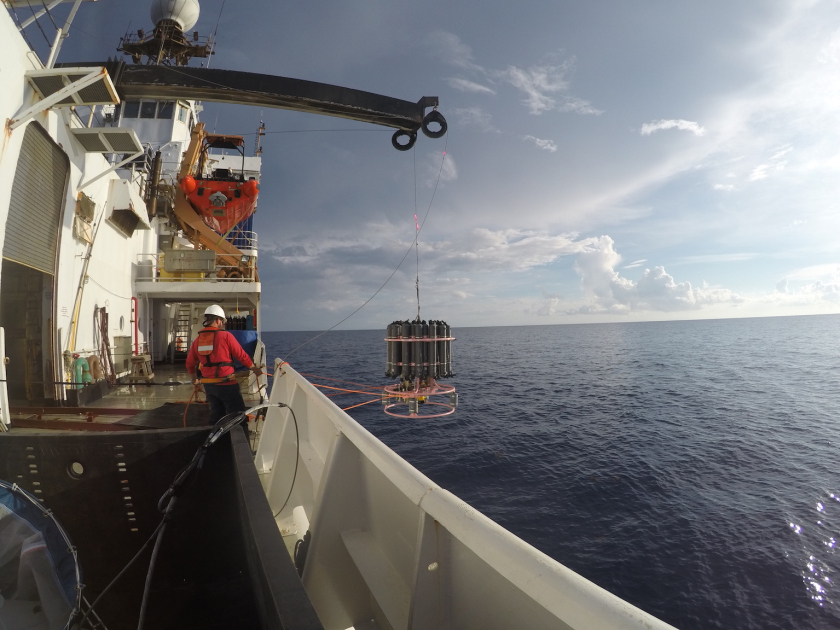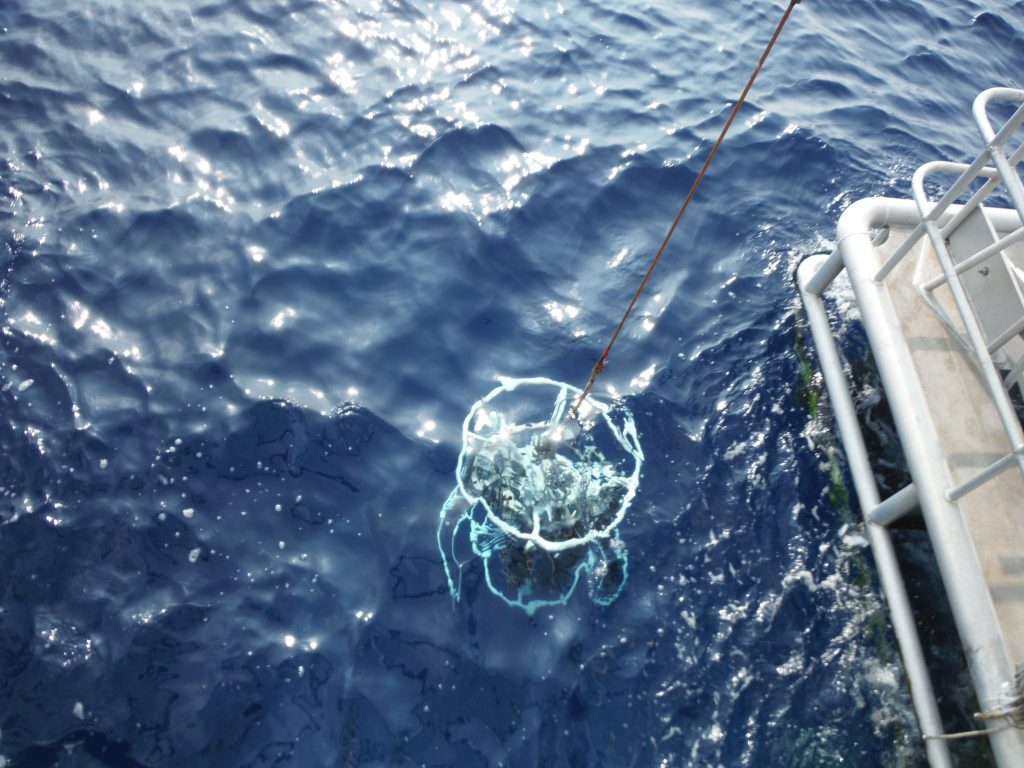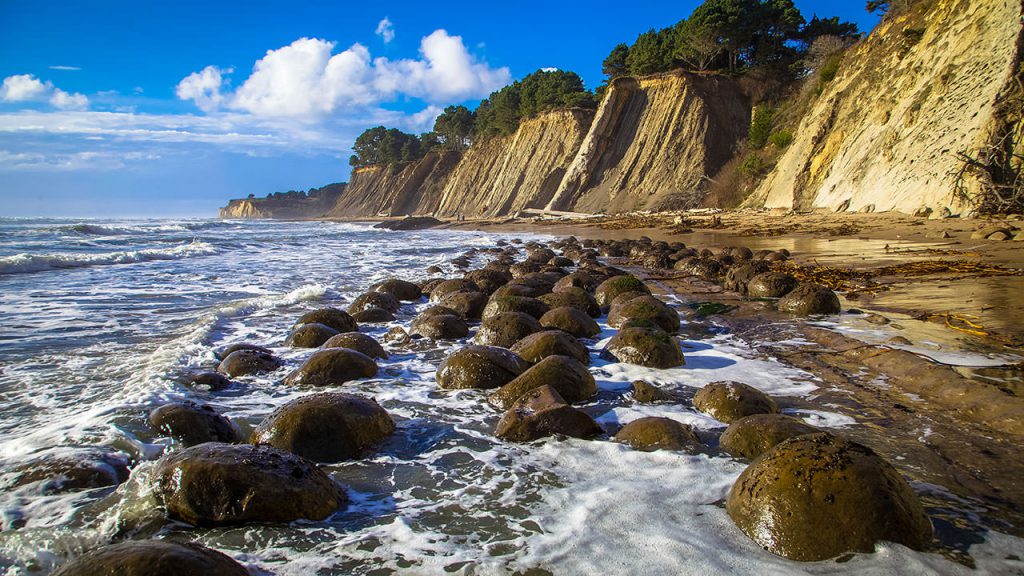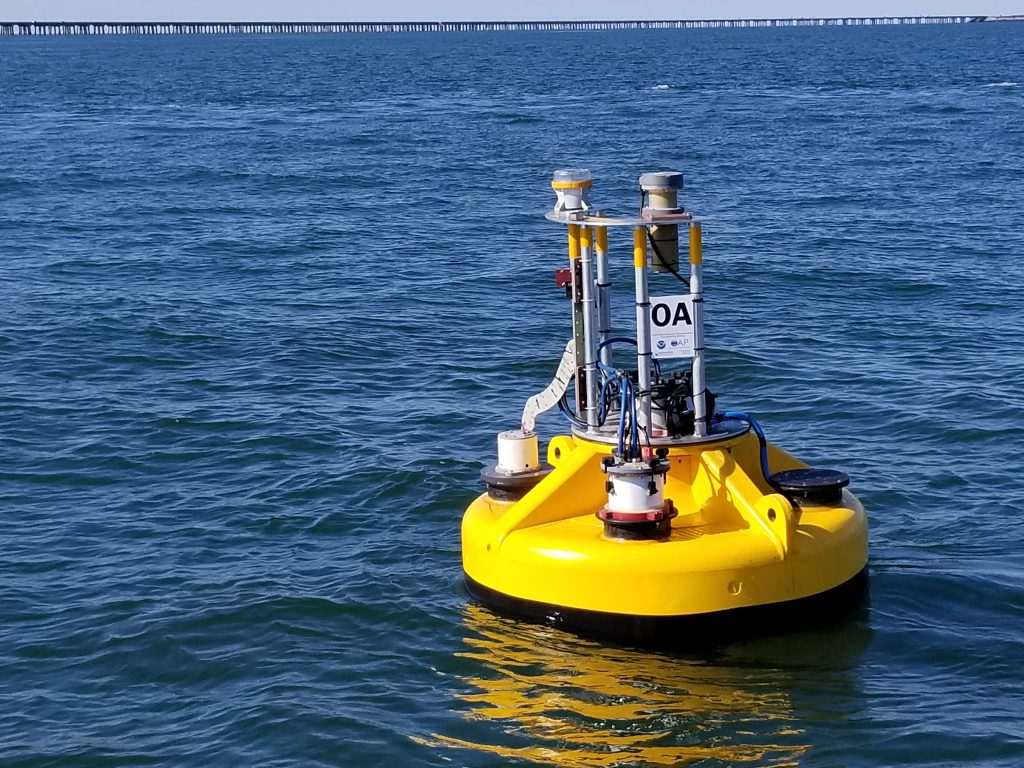Land locked to open ocean: Putting a pH sensor in the hands of students?
8.1. The current average pH of the ocean after being reduced significantly from decades of rampant carbon dioxide being pumped into the atmosphere, and ultimately, absorbed by our ocean. But how is pH measured? If a citizen scientist wants to see this for themselves, is it possible? Measuring ocean pH typically requires expensive equipment and trained operators. Commonly these instruments, while highly accurate, haven’t been available to those outside of the scientific community. Recently, the curious mind and drive of William Pardis, a former student at Flathead Valley Community College, allowed this disconnect to be bridged with the development of the pHyter.
Land locked to open ocean: Putting a pH sensor in the hands of students? Read More »








